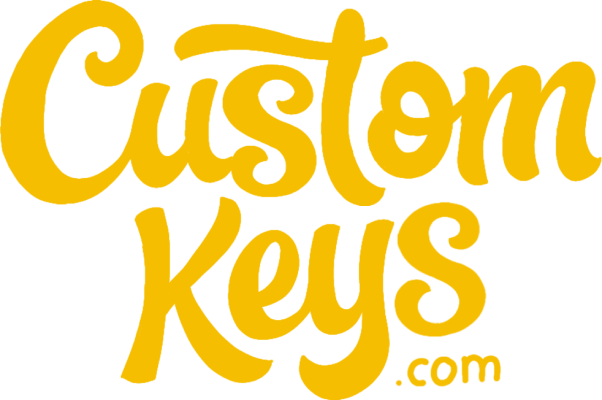What Type of House Key Do I Have?
For the last few centuries, people have developed increasingly thoughtful ways to lock up their homes, businesses, and prized possessions. House keys have evolved from simple skeleton keys into a wide variety of shapes and sizes designed to protect whatever is behind your front door.
Even though there are dozens of key types and sizes out there, it may surprise you to learn that there are only two main classifications used to almost all house keys. The KW1 and SC1 correspond to different lock cylinders. It might seem like they would be easily interchangeable, but that’s not the case. In order to figure out which type of key you have, the first thing you’ll need to do is check for a stamp.
Some key manufacturers will stamp their key with either KW1 or SC1. If you have a key that’s been stamped, congratulations! There’s no need to go any further in your quest to find out what type of house key you have. However, if you’re unable to find a stamp, then the next step is to look at the shape of the key.

The easiest physical way to tell which type of key you have is to inspect the top shape of the key. To begin, lay your key down so it’s flat on a surface.
If the top of your key has five rounded corners (like a pentagon) and smooth sides, you can conclude that you most likely have a KW1 house key.
If, on the other hand, the top of your key has more notches and resembles a diamond shape, you most likely have a SC1 house key.
Both of these keyways share similar characteristics, but it’s important to remember they are not compatible with lock cylinders of the opposite type. You must match the keyway type with the lock cylinder type to have a locking mechanism that functions properly. Otherwise you might as well just leave your front door wide open.
